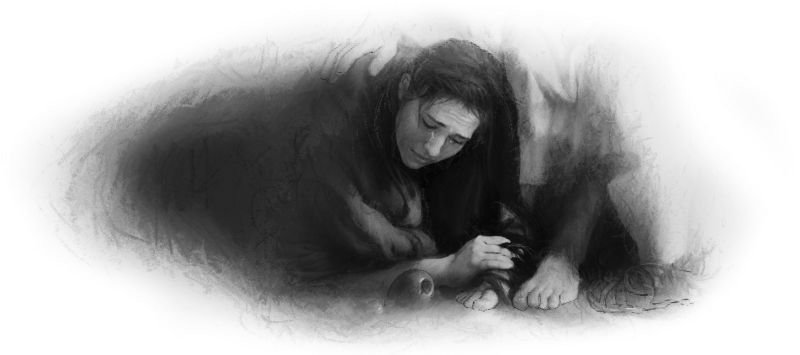Jacob Pierce’s whole family loved trading pins, and they fanned out to find new pins at the International Pathfinder Camporee in the United States.
Then Mother saw a man with an Alaska pin. Knowing that Jacob loved Alaskan nature, she tried to convince the man to make a trade.
“I can’t trade,” he said. “It is a one-of-a-kind pin for pastors in Alaska.”
Mother’s interest only grew. “What do you do up in Alaska?” she asked.
The man introduced himself as Tobin Dodge, director of Alaska Camps, a mission initiative of the Seventh-day Adventist Church’s Alaska Conference, which sponsors camps for children ages 8 to 17 every summer.
“Could my son work there?” Mother asked.
“Yes, we take counselors-in-training at 16 and counselors at 18,” he said.
Jacob jumped at the idea of spending the summer in Alaska. He joined the camp staff—and went three years in a row.
The camp experience can be challenging, he said. One year, he enjoyed spending time with an Alaska Native boy at Camp Polaris, located on Lake Aleknagik in southwestern Alaska. They shared an interest in nature and climbed Jackknife Mountain, which looms above the camp. But the boy refused to behave. He also used vulgar language and seemed more interested in promoting superstitions than hearing Bible truth. He blamed a rainy day on a boy who had killed a spider, saying, “If you kill a spider, it rains.”
Jacob grew frustrated. But at the end of camp, the boy gave Jacob a hug and walked over to his father. As he watched the two, Jacob suddenly began to understand the boy’s behavior. The boy was practically raising himself.
“Most of the kids don’t have any Christian background at all,” Jacob, 20, said in an interview at Camp Polaris. “That’s what makes it really an eye-opener and, to me, an amazing mission field.”
He said the spiritual battles at Camp Polaris are different from those at other summer camps sponsored by the Alaska Conference because it is comprised almost entirely of Alaska Native children, who often face struggles with trauma, superstition, and substance abuse.
“But being here is worth it,” he said. “It is a calling that is stronger than any that I have seen. God really needs volunteers here. This is a mission field.”
Thank you for your 2016 Thirteenth Sabbath Offering that helped repair and expand Camp Polaris so more children could attend. Part of this quarter’s Thirteenth Sabbath Offering will help open a center of influence at the Adventist church in Bethel, Alaska. The Bethel Church sends local children to Camp Polaris every year.


